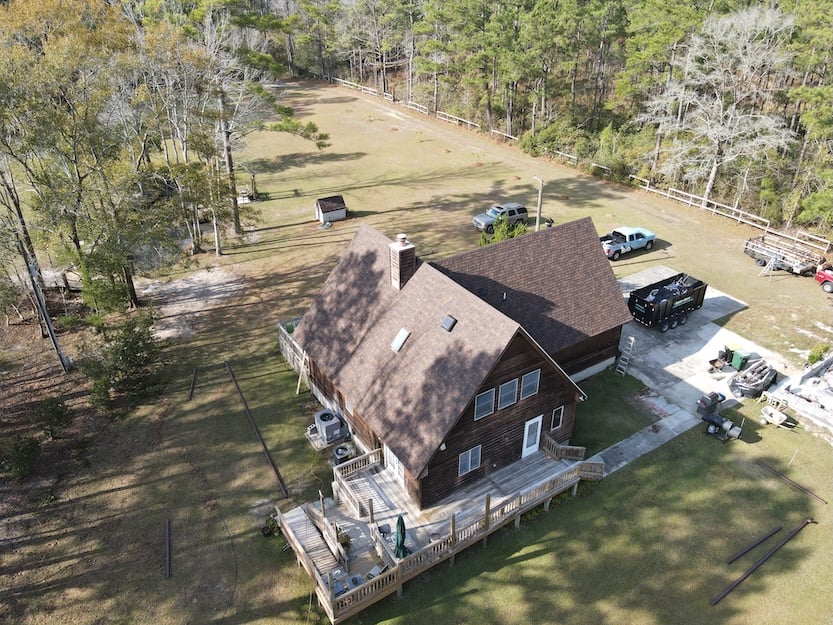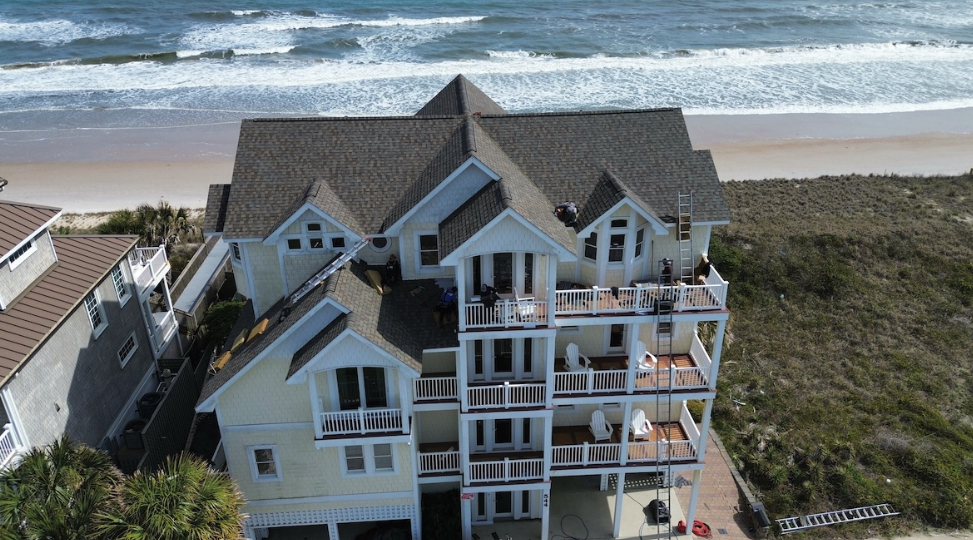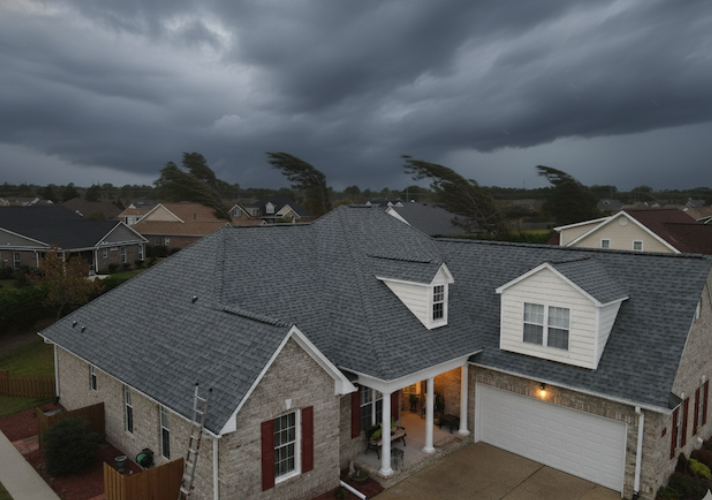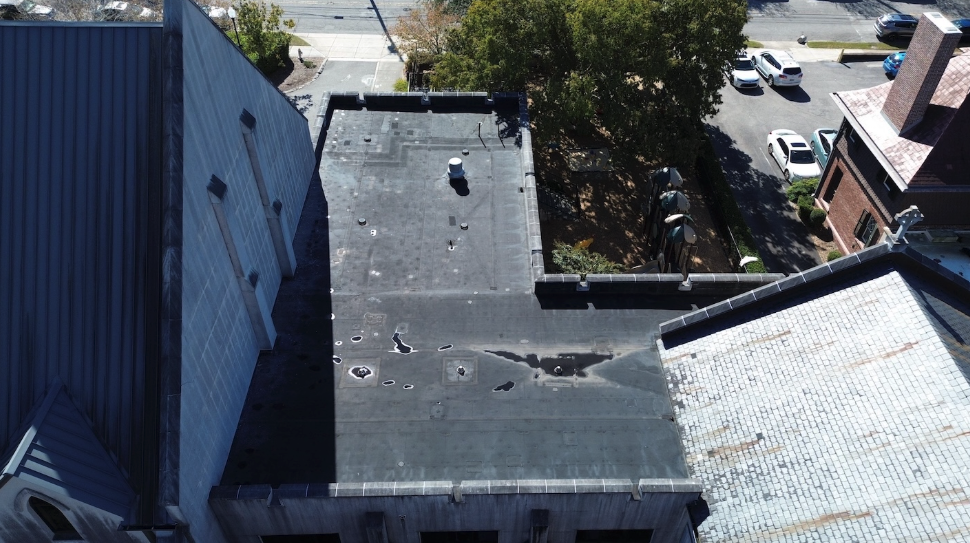The Truth About Roof Ventilation and Why It Matters
Summit Roofing

When most homeowners think about their roof, shingles and gutters usually come to mind. But the true unsung hero of a healthy roofing system is ventilation. Proper airflow helps your roof last longer, keeps your home energy efficient, and prevents hidden damage inside your attic.
In Wilmington’s humid, coastal climate, roof ventilation is even more important. Without it, heat and moisture build up in your attic, leading to mold, wood rot, and premature roof failure. Whether you own a home or commercial property, understanding how ventilation works can help you protect one of your biggest investments.
Why Roof Ventilation Matters for Every Home
Balanced airflow, where cool air comes in and hot air escapes, affects nearly every part of your roof’s performance.
- Prevents moisture damage. Every day humidity from showers, cooking, and laundry rises into the attic. Without ventilation, that moisture condenses on rafters and insulation, causing mold, wood rot, and breakdown of insulation.
- Extends roof lifespan. Heat and trapped moisture accelerate shingle deterioration. Ventilation helps regulate conditions, so shingles and decking last longer.
- Improves energy efficiency. Ventilation lowers attic temperatures, easing the load on your HVAC system. In summer, this translates to lower cooling costs.
Homeowners who want to learn more about how ventilation affects energy bills can visit the U.S. Department of Energy’s attic ventilation guide, which explains how proper airflow reduces cooling costs and prevents moisture buildup.
Summit Roofing also sees this firsthand. Our roof repair team in Wilmington often fixes leaks or rot that started as small ventilation issues. Learn how we fix ventilation-related roof issues before they cause major damage.
Signs Your Roof Ventilation May Be Inadequate
Poor airflow isn’t always obvious from the ground. Watch for these signs:
- A hot, stuffy attic, even on cooler days
- Moldy or musty odors seeping from the attic
- Warped roof decking or curling shingles
- Ice dams during cold snaps (less common here, but possible)
The National Roofing Contractors Association outlines additional warning signs and solutions for inadequate airflow. If these issues sound familiar, Summit can assess your system and recommend improvements.
For roofs already showing damage, our roof replacement services in Wilmington include proper venting as part of the installation process.
Types of Roof Vents and How They Work
Every roof design is different, which means ventilation must be customized. Some of the most common types include:
- Ridge vents: Run along the roof peak, allowing hot air to escape.
- Soffit vents: Placed under eaves, they pull cooler air into the attic.
- Gable vents: Installed in gable ends to promote cross-ventilation.
- Powered attic fans: Used when passive vents alone don’t provide enough airflow.
For more details, GAF explains the types of roof vents and their functions. Summit Roofing designs systems using the right mix of vents to keep air moving consistently.
Ventilation isn’t just for homes. Our commercial roofing projects often include specialized ventilation to protect flat roofs and multi-unit buildings.
How Summit Roofing Ensures Proper Ventilation
Ventilation isn’t something we guess at, it requires careful planning and expertise. Here’s how our team approaches it:
- Conducting thorough attic and roof deck inspections to measure existing airflow
- Calculating intake and exhaust ratios for balanced ventilation
- Recommending upgrades such as ridge vents, soffit vents, or powered fans when needed
- Installing high-quality materials designed to withstand Wilmington’s coastal climate
To learn more about our team and process, visit the About Us page at Summit Roofing.
FAQs: Roof Ventilation in Wilmington, NC
Is roof ventilation required by code?
Yes. Building codes typically require balanced intake and exhaust venting based on attic size.
Can poor ventilation void my roof warranty?
Sometimes. Many manufacturers won’t honor warranties if ventilation is inadequate because it directly impacts shingle performance.
Does my roof need ventilation in winter?
Yes. Ventilation works year-round, controlling both temperature and moisture. Even during cooler months, it prevents condensation and rot.
Protect Your Roof from the Inside Out
A roof isn’t just about the shingles you see from the street. Proper airflow is what protects the structure from the inside out. By investing in ventilation, you’ll save money on energy bills, extend the life of your roof, and keep your home healthier.
If you’re wondering whether your system is doing its job, Summit can help. Contact us to schedule an inspection and find out if your roof ventilation is protecting your home as it should.








